Nearsightedness in kids: Taking a closer look
Nearsightedness, also known as myopia, is on the rise. To reverse that trend and protect their vision, kids need plenty of outdoor time.
Too much screen time can cause eyestrain and lead to vision problems.
The number of Americans who are nearsighted has nearly doubled over the past 50 years, with the condition now affecting more than 41% of the population. This is causing concern among physicians and other health professionals.
“We used to think that nearsightedness, or myopia, wasn’t a major concern because it could be corrected with glasses or contact lenses,” said Bobeck Modjtahedi, MD, an ophthalmologist and researcher who is director of myopia prevention and control for Kaiser Permanente in Southern California.
“However, there is an increasing understanding that myopia is associated with uncorrectable vision loss later in life from many different eye conditions including retinal detachments, glaucoma, and myopic macular degeneration.”
Preventing the onset and delaying the progression of nearsightedness has been identified as an important public health issue by the American Academy of Ophthalmology.
“People become myopic because of changes to the shape of the eye,” Dr. Mohjtahedi said. “These changes persist for life and can cause these other problems regardless of wearing corrective lenses.”
What causes nearsightedness?
Nearsightedness, also known as myopia, occurs when the eye grows too long from front to back. This causes the eye to focus light in front of the retina instead of on the retina. As a result, people with nearsightedness have a hard time seeing things that are far away.
Nearsightedness usually begins in childhood between the ages of 6 and 12 and often progresses throughout the teen years, while the eyes are still growing. When nearsightedness becomes severe, the layers of the eye become so thin that they can tear.
While some children inherit nearsightedness from their parents, environmental factors play a more significant role in determining who will become nearsighted. One factor is too little outdoor time. Too much time spent on screens and other activities at short distances such as reading, writing, and homework may also be a cause.
Nearsightedness symptoms in children
It is important to watch for the signs that your child may be developing nearsightedness. Symptoms of nearsightedness include:
- Complaints of blurry vision at a distance
- Squinting or closing one eye to see better
- Holding objects like books or screens close to their face
- Frequent eye rubbing
- Frequent headaches
The best way to know for sure is to schedule regular eye care appointments.
There are ways to slow the worsening of nearsightedness. Ophthalmologists and optometrists can work with parents and children to identify the best treatment to slow the progression of vision changes.
Preventing nearsightedness: Get kids outside
Before vision problems develop, Dr. Modjtahedi has a simple solution: Get kids outside.
“We should aim to have children spend at least 2 hours a day outdoors to decrease their risk of becoming nearsighted,” he said. Exposure to natural light when kids are outdoors has shown to significantly decrease their risk of developing nearsightedness.
An added benefit of outdoor time: Few kids can resist running and playing when the breeze hits their faces.
“It’s a win-win,” said Dr. Modjtahedi. “It dovetails with efforts to promote exercise as part of a healthy lifestyle, which is critical for improving the health of children.”
Learn more about vision tests for children and how to keep your child’s eyes healthy.
-
Social Share
- Share Nearsightedness in Kids: Taking a Closer Look on Pinterest
- Share Nearsightedness in Kids: Taking a Closer Look on LinkedIn
- Share Nearsightedness in Kids: Taking a Closer Look on Twitter
- Share Nearsightedness in Kids: Taking a Closer Look on Facebook
- Print Nearsightedness in Kids: Taking a Closer Look
- Email Nearsightedness in Kids: Taking a Closer Look

March 5, 2025
6 definitive traits of a middle child
Parade

January 22, 2025
A preteen overcomes anxiety and suicidal thoughts
A young Kaiser Permanente member speaks up to gain the mental health support …
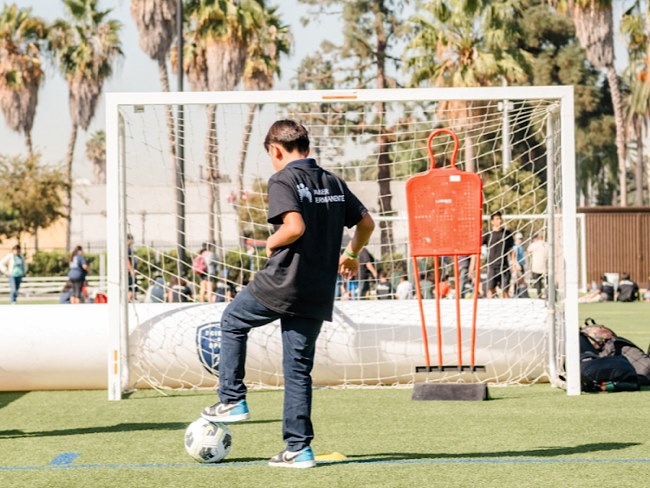
December 30, 2024
Fit and thriving: Inspiring students at school
Kaiser Permanente and Los Angeles Football Club are committed to building …

October 18, 2024
Hidden hazards of Halloween
Expert tips to ensure your little ghosts and goblins stay safe this Halloween, …

July 18, 2024
Easy school lunch and snack tips
Ideas for healthy, delicious, and hassle-free snacks and lunches to keep …

July 11, 2024
Transforming education and mental health in Watts
Our investment in the Watts neighborhood of California, in partnership …
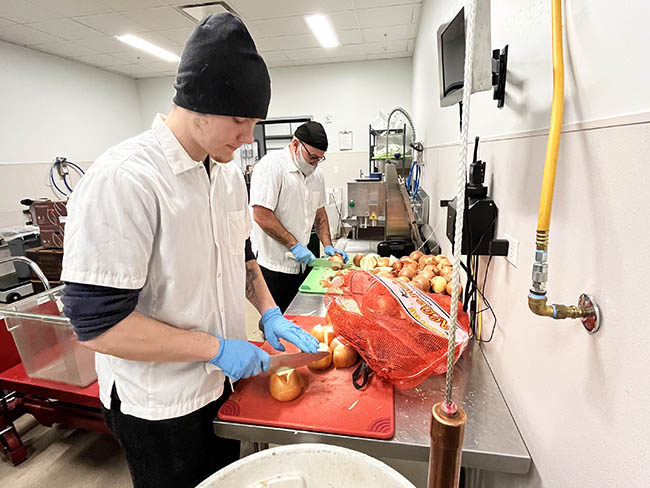
July 10, 2024
Grant to help make school lunches healthier for kids
Chef Ann Foundation will use $275,000 grant for Colorado program to convert …
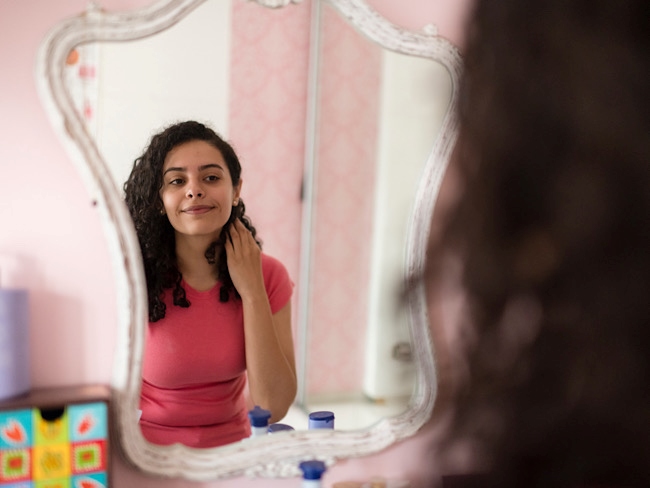
July 9, 2024
Antiaging skin care … for kids?
Kids as young as 9 are using antiaging products. A Kaiser Permanente dermatologi …
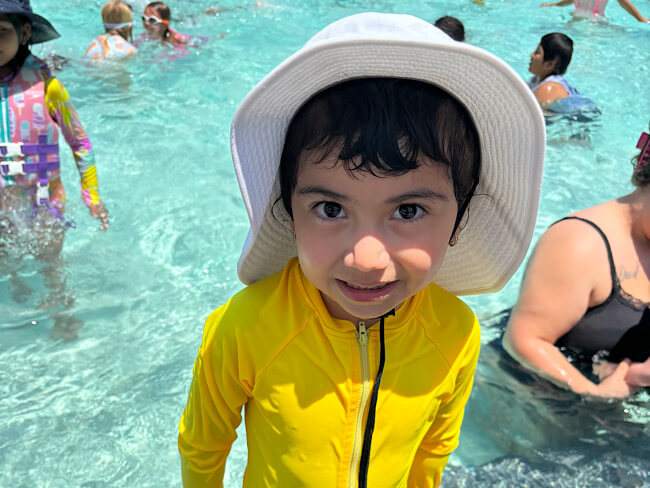
June 28, 2024
Operation Splash makes a splash for safe summer fun
Kaiser Permanente is making waves this summer, ensuring that communities …

June 25, 2024
Prompt postpartum care saves a baby’s life
When a newborn was diagnosed with meningitis, a life-threatening infection …
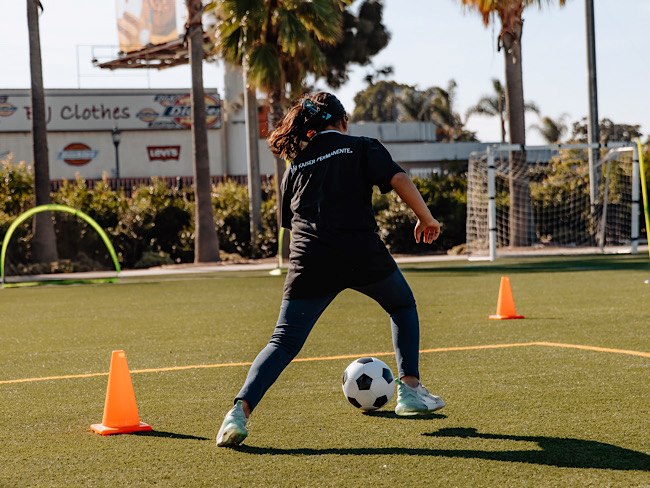
May 31, 2024
Inspiring students to take charge of their health
Kaiser Permanente and the Los Angeles Football Club will launch the second …

March 14, 2024
Midwife offers personal care for mom facing complications
For Sam Beeson, having a midwife at her side during her pregnancy helped …

February 21, 2024
From planning his funeral to celebrating his wedding
Gabriel Abarca had no hope for his future. Then the team at Kaiser Permanente …
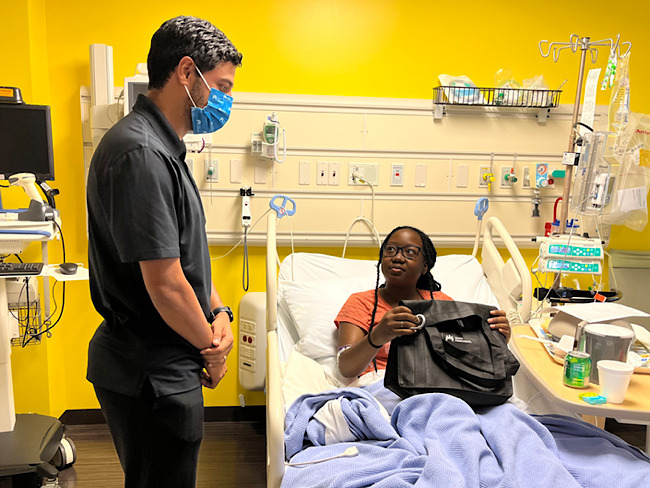
January 12, 2024
Cheering up hospitalized children
Los Angeles Football Club player Carlos Vela brings joy to Kaiser Permanente …

December 15, 2023
Family-centered care, through pregnancy and beyond
Members experiencing a low risk pregnancy have the option of having their …
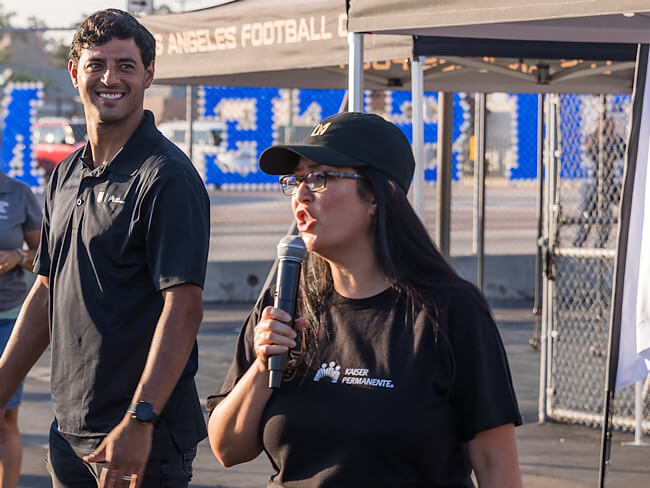
December 15, 2023
Building healthy communities through play
Kaiser Permanente teams up with Los Angeles Football Club to build 5 futsal …
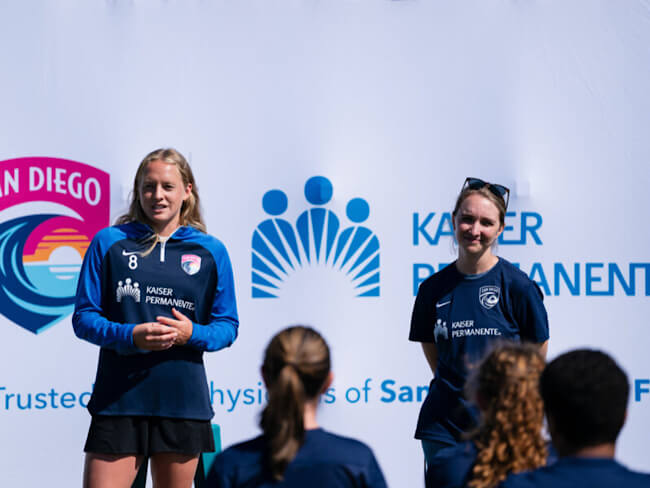
December 8, 2023
Inspiring a Wave of Wellness with youth
Kaiser Permanente and San Diego Wave Fútbol Club educated San Diego youth …
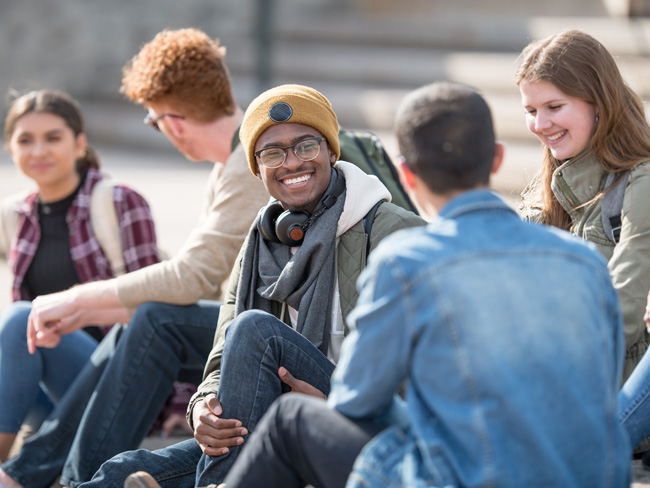
November 15, 2023
Spreading the truth about flavored tobacco and youth vaping
A youth vaping curriculum is making a difference.

October 25, 2023
Critical care and support for our youngest patients
In Oregon, specialists and parents come together to design a specialized …
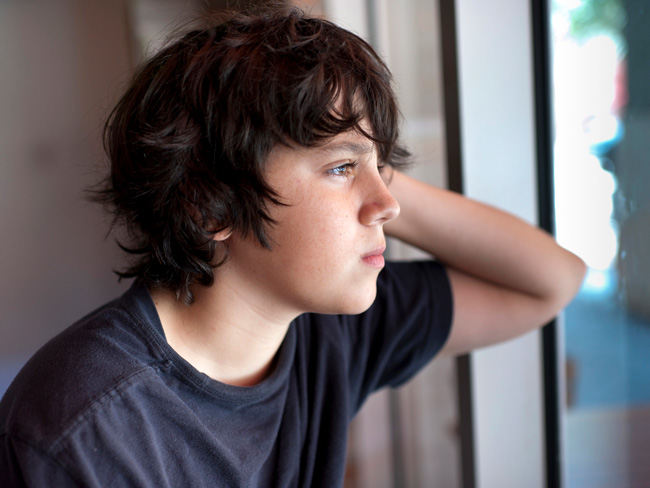
October 24, 2023
Childhood anxiety: What parents need to know
A child and adolescent psychiatrist shares tips on supporting your child …
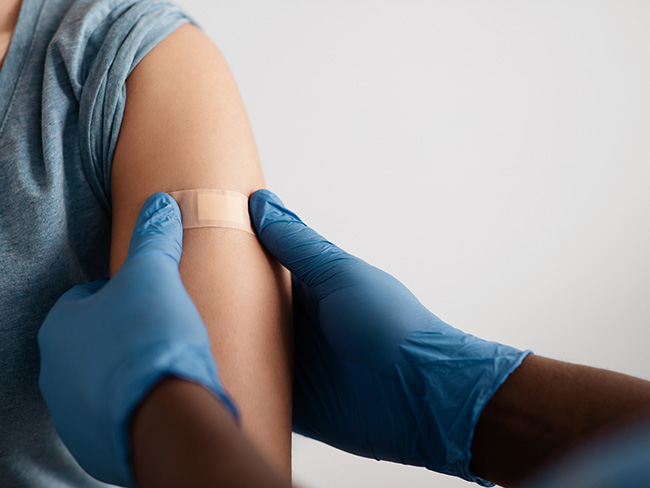
October 10, 2023
What to know about COVID-19 vaccines
The updated vaccine is recommended for everyone 6 months and older.
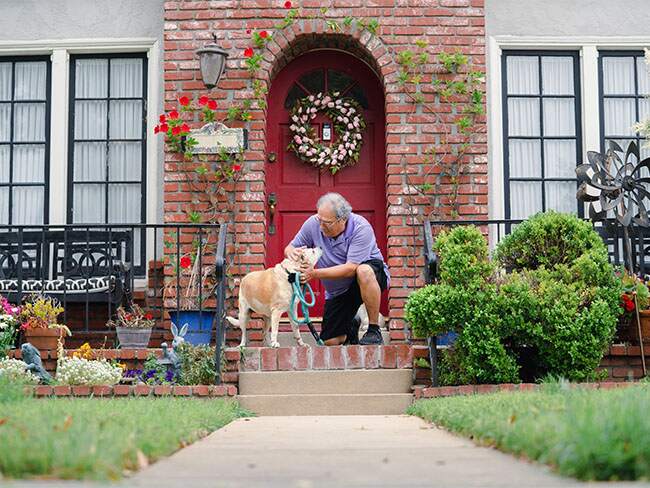
August 17, 2023
Beyond clinic walls: Research supporting healthy communities
Stories in the Department of Research & Evaluation 2022 Annual Report demonstrat …

August 15, 2023
'Hot-spot' strategy gets more Californians vaccinated
A new location-based vaccine strategy by Kaiser Permanente was successful …

August 14, 2023
Tips for ensuring a safe and healthy college experience
Students should study up on their care options to ace their school experience. …
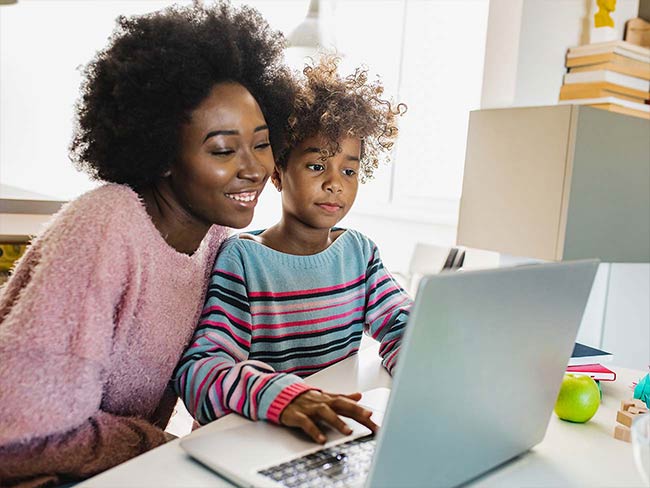
August 10, 2023
Successfully navigating the school year
These tips from Don Mordecai, MD, Kaiser Permanente’s national mental health …
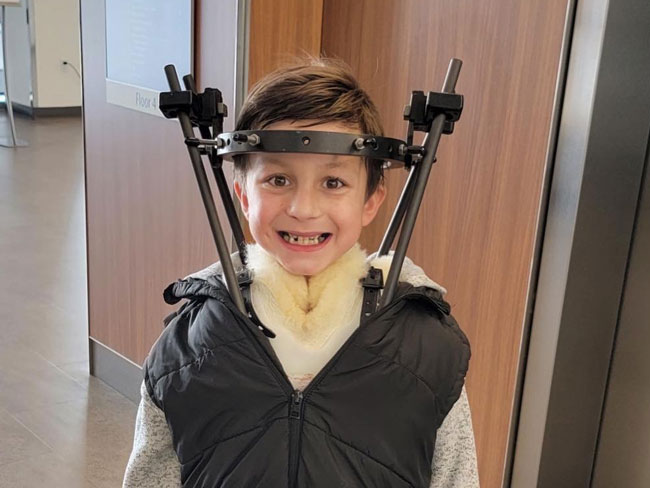
June 27, 2023
Comforting, personalized care for a kiddo with cancer
Carter Shaver from Portland, Oregon, shares his optimistic smile after …
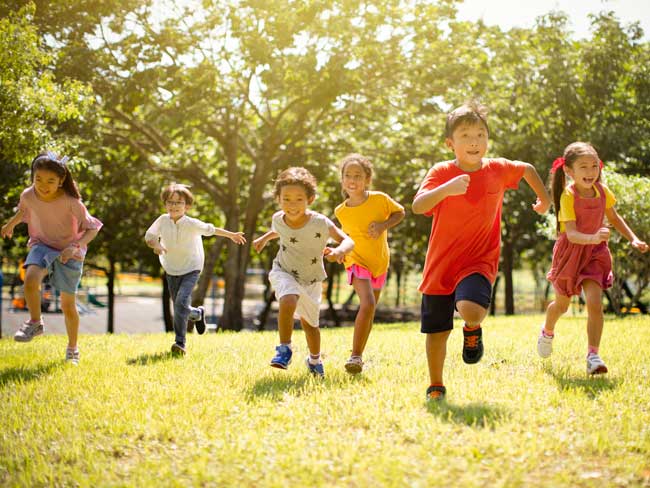
June 6, 2023
COVID-19 vaccine: No serious side effects in young children
Kaiser Permanente researchers led analysis of large, diverse group of young …
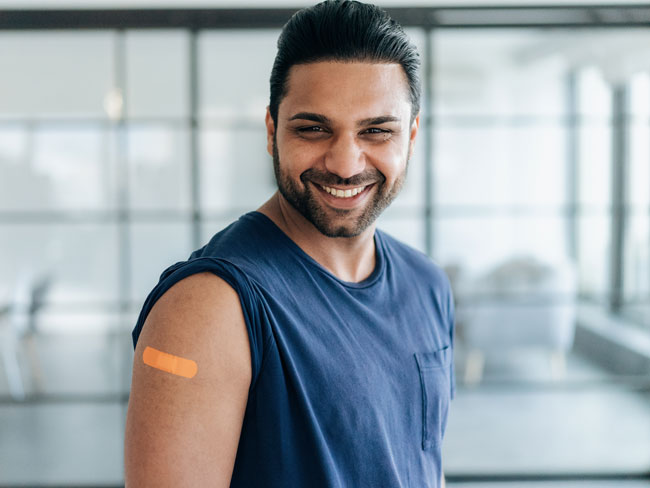
May 16, 2023
COVID-19 public health emergency has ended: What’s changed?
Vaccinations, testing, and treatment are still widely accessible. Member …
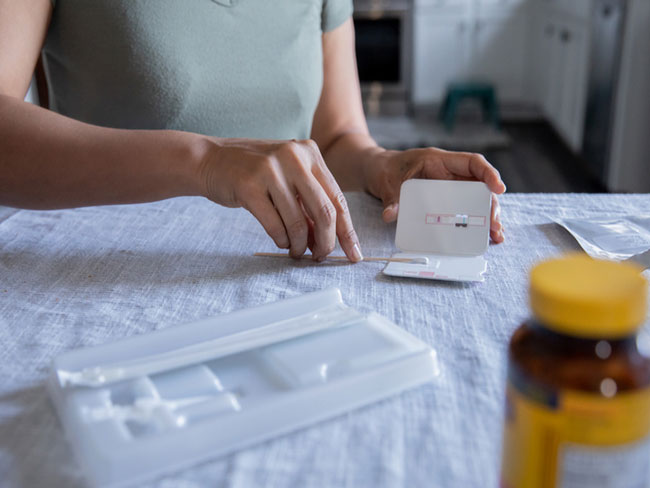
May 11, 2023
COVID-19 testing, testing — Get results in 1, 2, 3
Testing is the most important way you can help control the spread of COVID-19.

May 9, 2023
School shootings provoke anxiety in many children
Child psychiatrist defines anxiety, its symptoms, how to address it, and …

April 14, 2023
The importance of screening for gestational diabetes
Gestational diabetes poses a significant risk to women of color, particularly …
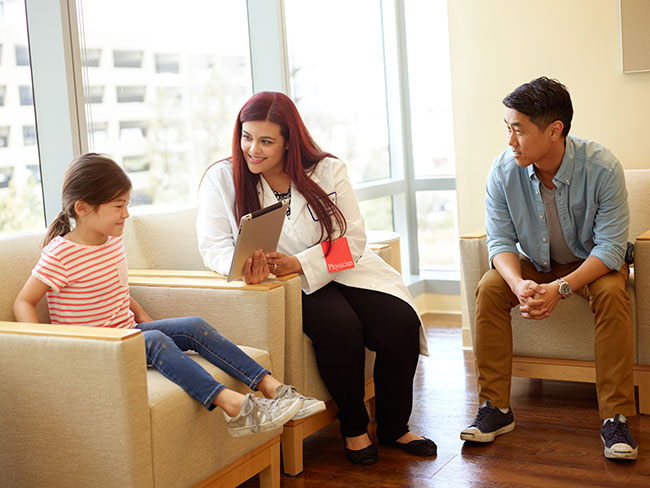
April 11, 2023
Collaboration is key to keeping people insured
With the COVID-19 public health emergency ending, states, community organization …

April 7, 2023
Virtual care helps ease physical pain
Kaiser Permanente offers many high-quality, convenient options to help …
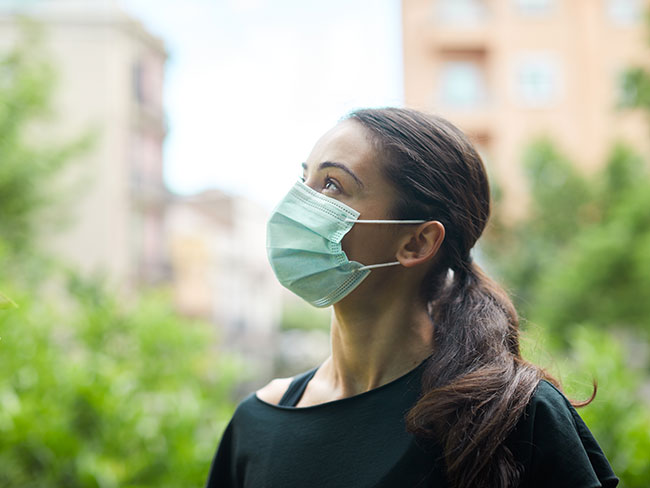
March 16, 2023
Marking the COVID-19 pandemic’s third year
Learning from this historic health crisis will better prepare us for future …
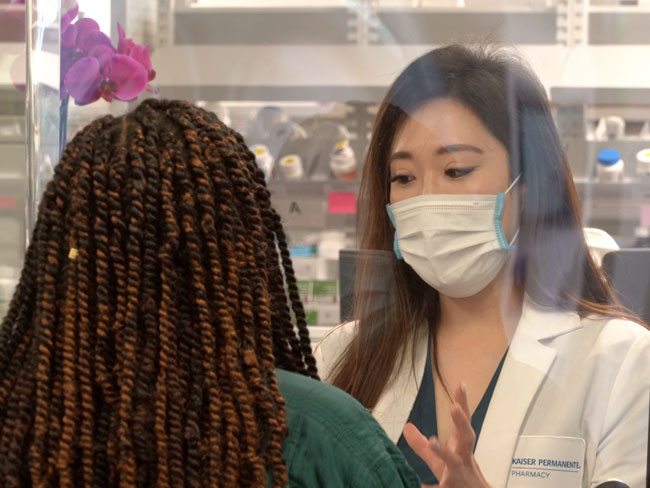
March 16, 2023
Paxlovid associated with lower risk of hospital admission
A Kaiser Permanente study finds COVID-19 patients treated quickly with …
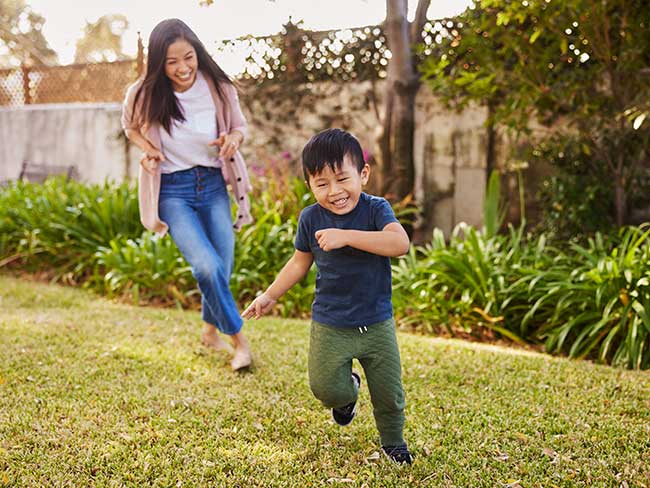
March 14, 2023
Extra pounds put kids at higher risk for hypertension
Kaiser Permanente study shows even modest elevations in BMI above the “average …

March 6, 2023
Living with long COVID
From avid snowboarder to chronically ill patient. How Kaiser Permanente …
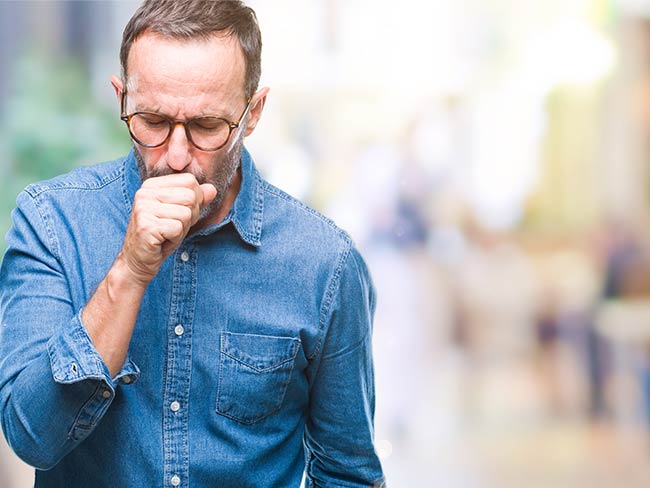
February 28, 2023
What you need to know about COPD
Almost 16 million people in the United States have chronic obstructive …
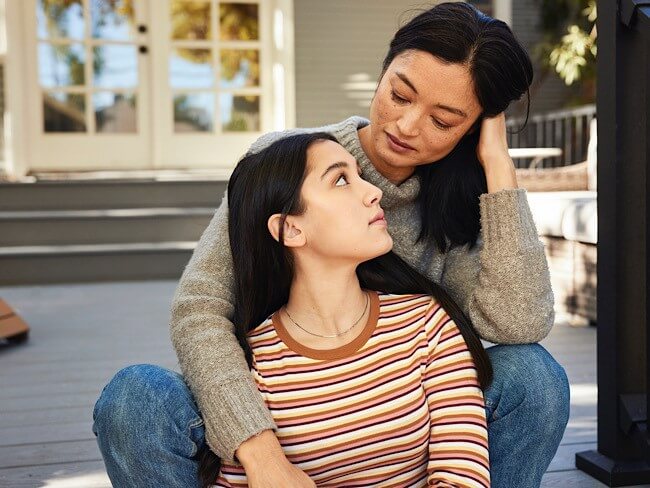
February 23, 2023
Eating disorders on the rise among teens
Expert shares 5 valuable tips for parents and guardians to help children …
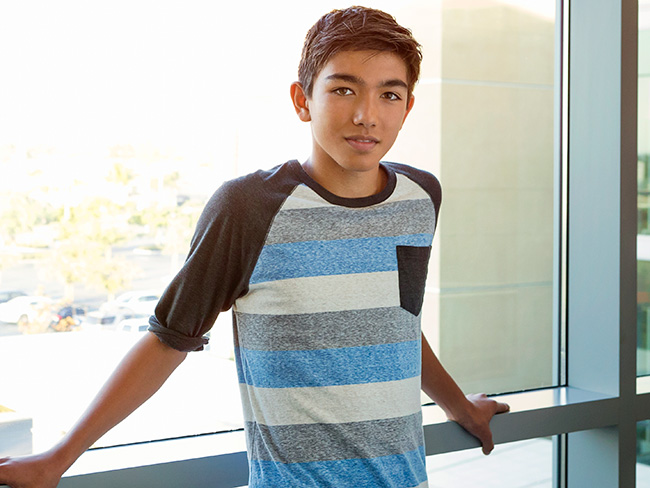
December 15, 2022
Helping provide teens a brighter future
Kaiser Permanente grants $150,000 to three community nonprofits.
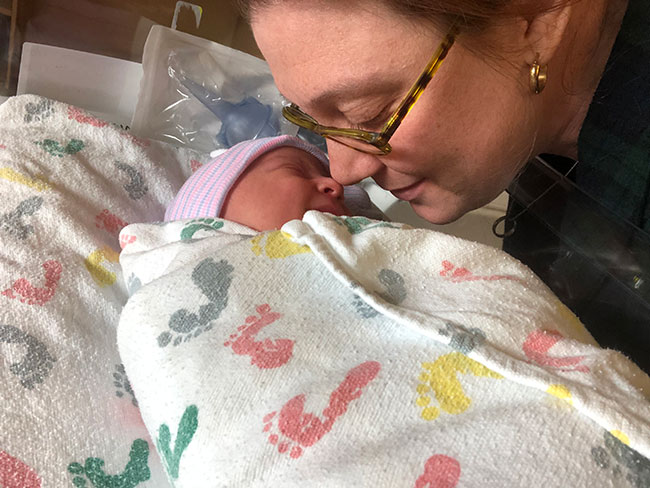
September 27, 2022
Maternity appointments from the comfort of home
New care option offers pregnant patients a mix of in-person and video visits.
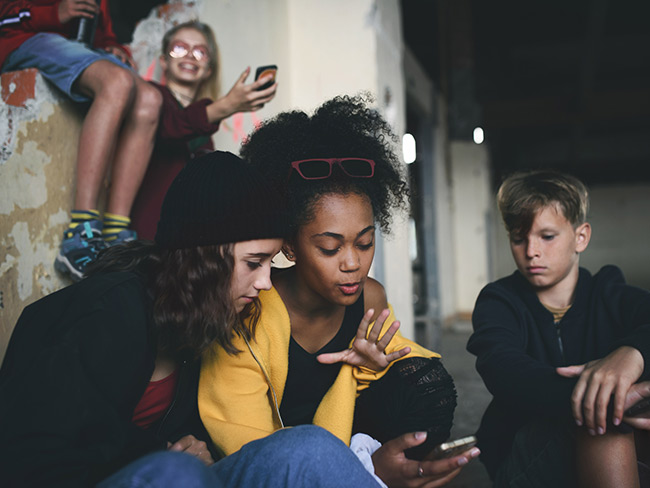
September 13, 2022
Creating tobacco-free communities
Kaiser Permanente backs national efforts to ban flavored tobacco.
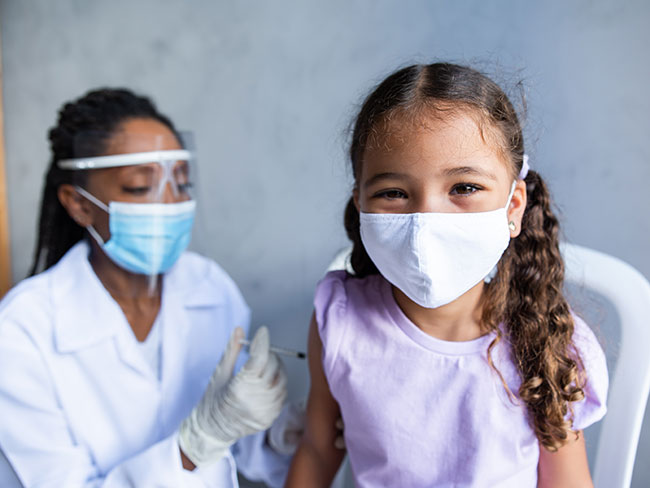
June 27, 2022
Kids 6 months to 17 years can receive COVID-19 vaccination
Providing safe and effective vaccinations to children is an important step …

June 24, 2022
New South Lynnwood Park creates healthy play space
Kaiser Permanente provided funds for renovated public park, with new features …
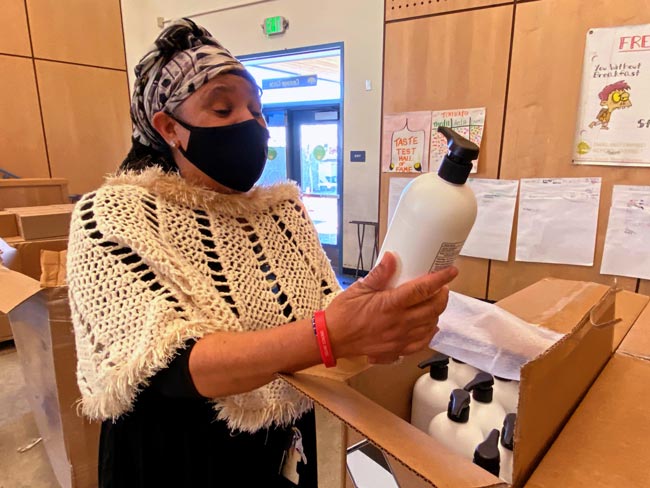
May 4, 2022
Donated supplies keep community organizations pandemic-ready
We donated over $28 million worth of face masks, hand sanitizer, and other …
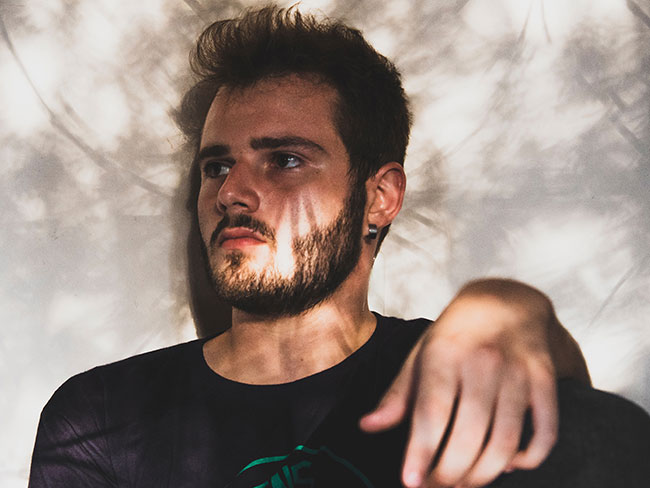
May 3, 2022
One pill can kill: Understanding the risks of fentanyl
As overdose deaths skyrocket, an addiction medicine specialist explains …
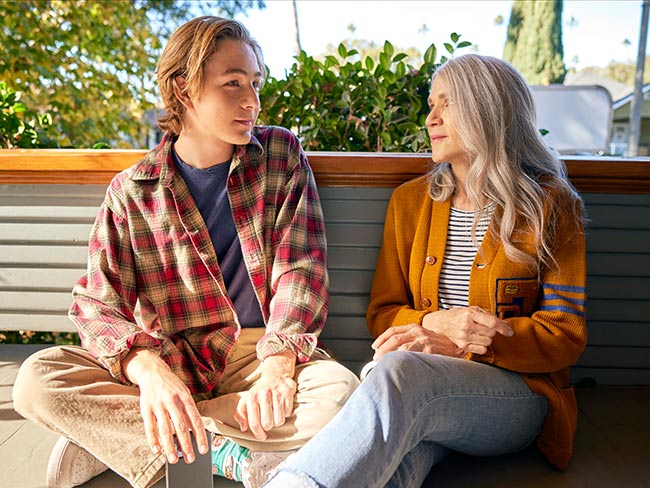
March 4, 2022
Online quiz helps predict likelihood of teen substance use
Assessment helps parents and caregivers intervene early when kids are at …

January 25, 2022
Helping small businesses thrive during the COVID-19 pandemic
Kaiser Permanente grants are supporting businesses such as the Carefree …
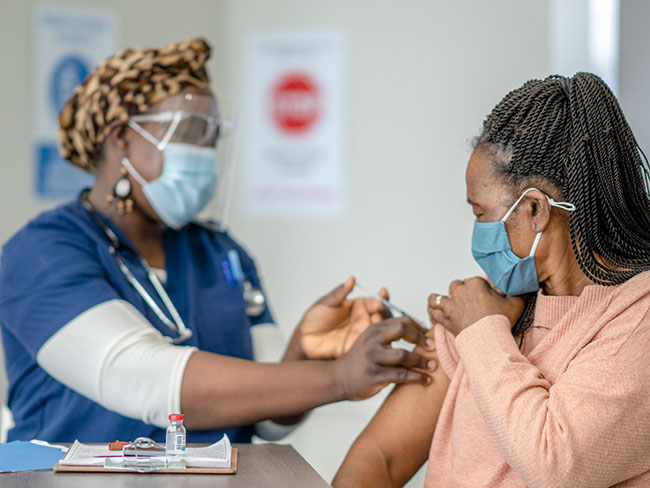
December 6, 2021
Faith leaders use trusted voices to encourage vaccination
Grants expand support for faith-based organizations working to protect …
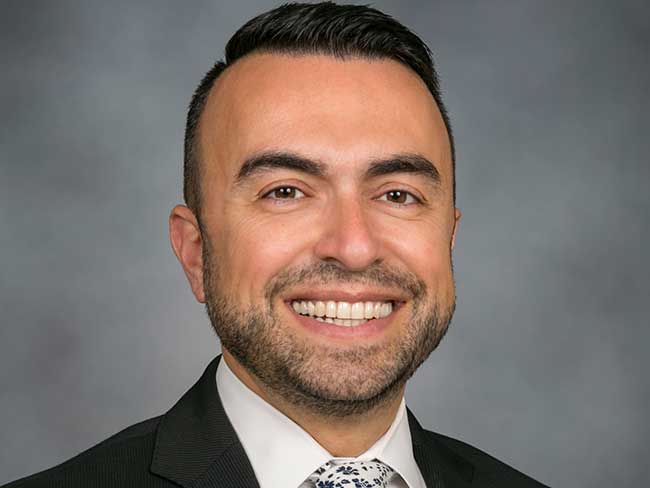
November 30, 2021
Bechara Choucair, MD, returns as chief health officer
After serving on the White House COVID-19 response team, Bechara Choucair, …
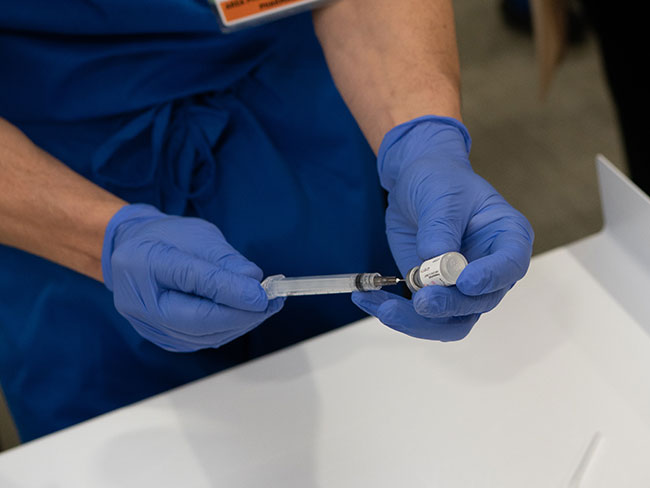
October 12, 2021
Beyond advocacy: Requiring vaccination to stop COVID-19
Kaiser Permanente and other leading companies are mandating COVID-19 shots …

October 1, 2021
Our support of California’s student vaccination requirement
A statement from Kaiser Permanente chair and chief executive officer Greg …

August 19, 2021
Supporting small businesses owned by people of color
Kaiser Permanente’s partnership with Local Initiatives Support Corporation, …
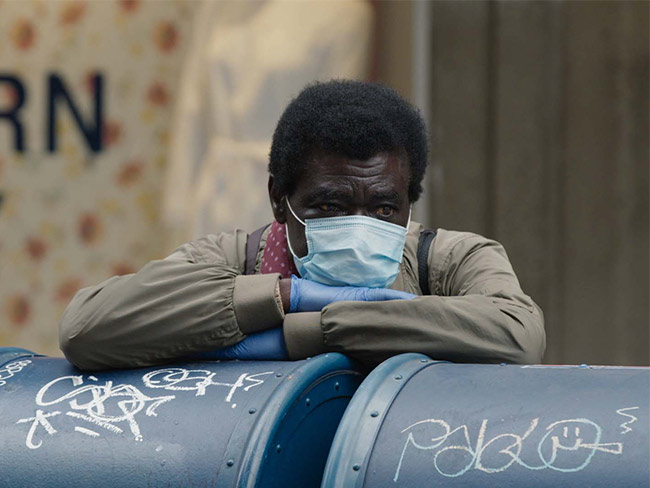
August 17, 2021
Homeless in a pandemic
For people without a safe place to call home, good health is often out …
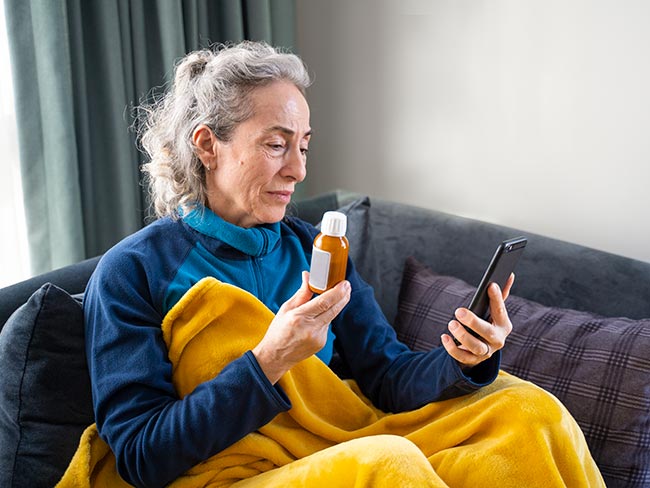
June 8, 2021
Cancer patients and physicians embrace telehealth
Video visits and virtual collaboration speed cancer care transformation …
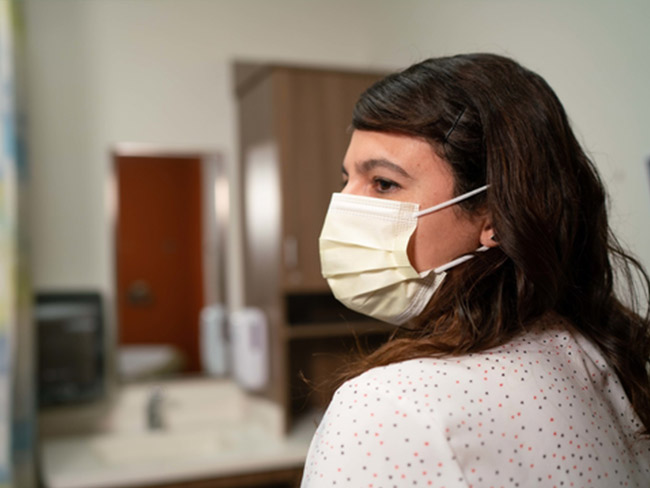
April 28, 2021
COVID-19 outcomes are more severe for people of color
Kaiser Permanente research underscores the importance of culturally appropriate …
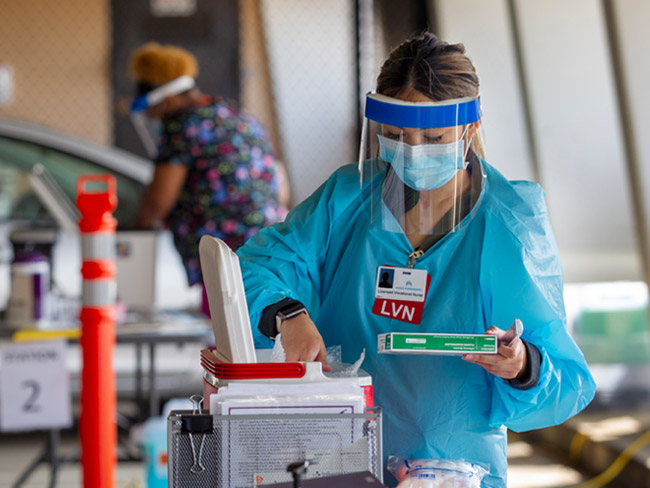
March 23, 2021
Vaccine Equity Toolkit will help address equitable access
As vaccines bring hope to end the pandemic, Kaiser Permanente’s toolkit …
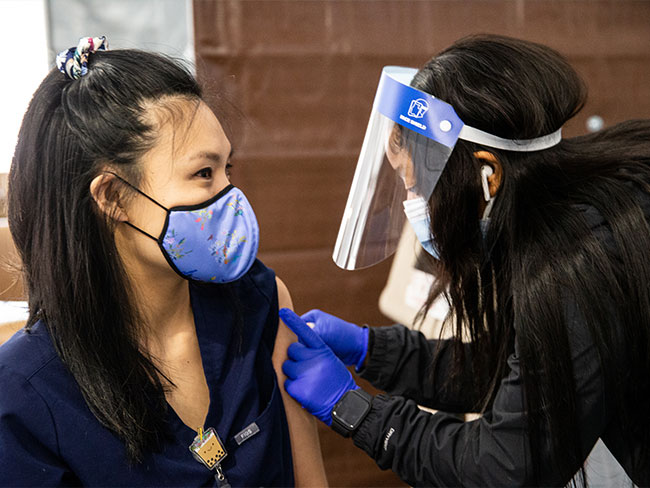
March 11, 2021
Our support of the American Rescue Plan Act
A statement from CEO Greg A. Adams about the American Rescue Plan Act.
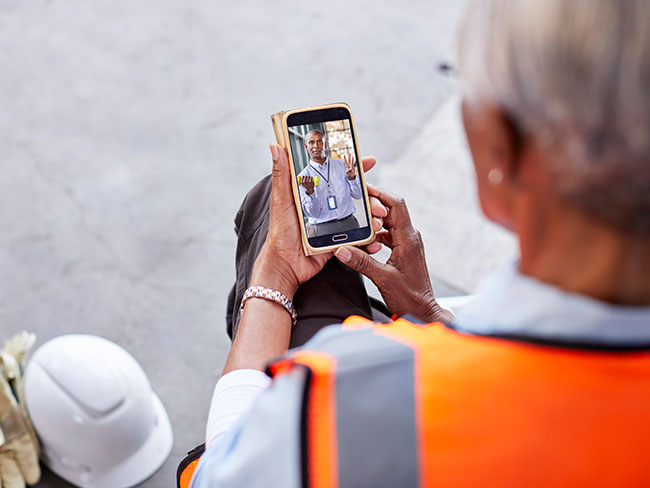
January 15, 2021
The fastest path to care
Available 24/7 with no appointment, e-visits offer Kaiser Permanente members …

November 24, 2020
Pandemic spurs new approach to diabetes care
A diabetes specialist talks about new trends in providing care, and innovations …
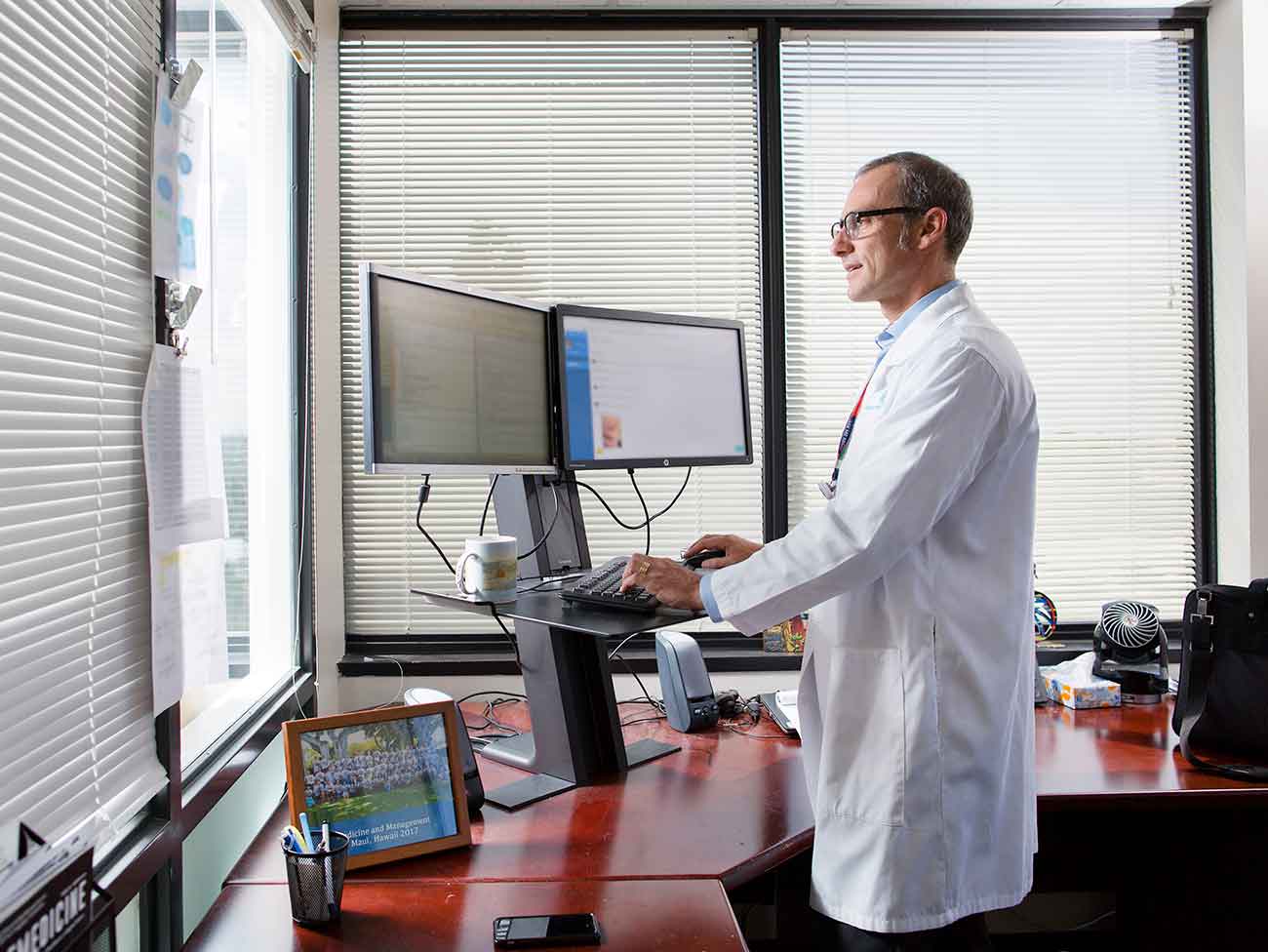
October 2, 2020
Making (virtual) house calls
With expanded telehealth options, Kaiser Permanente members get convenient …
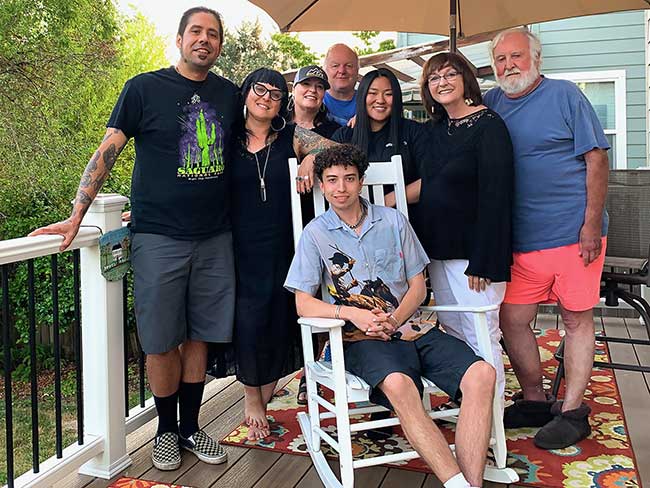
September 30, 2020
Cardiac care in the time of COVID-19
Skilled care and thorough infection-prevention protocols kept Eleanor Gorman …
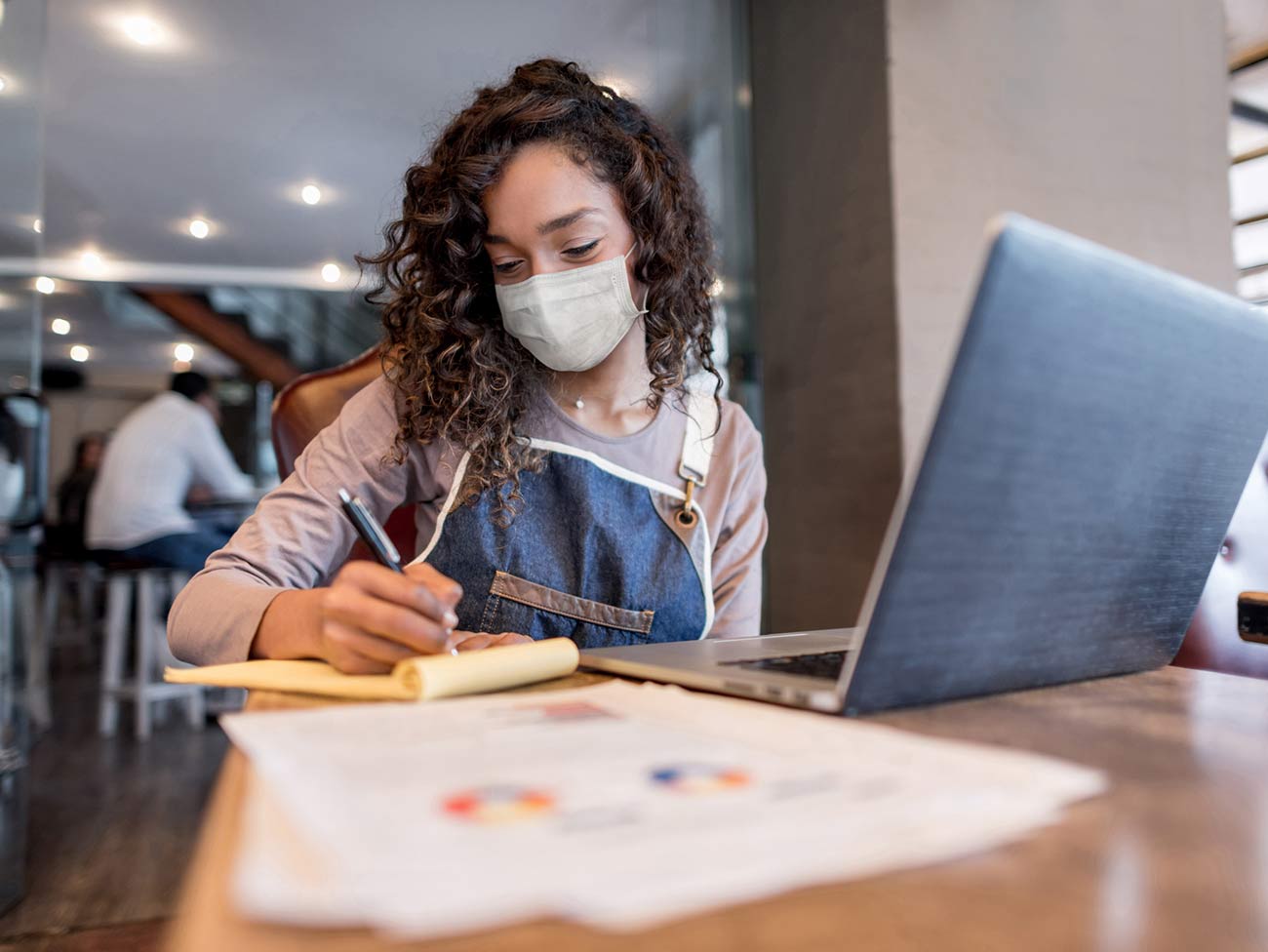
August 12, 2020
Grants support community health in midst of COVID-19
Kaiser Permanente pledges more than $28 million in grants, many to address …

July 17, 2020
Maternity care ranks among the best in the nation
Newsweek’s Best Maternity Care Hospitals 2020 report recognizes Kaiser …
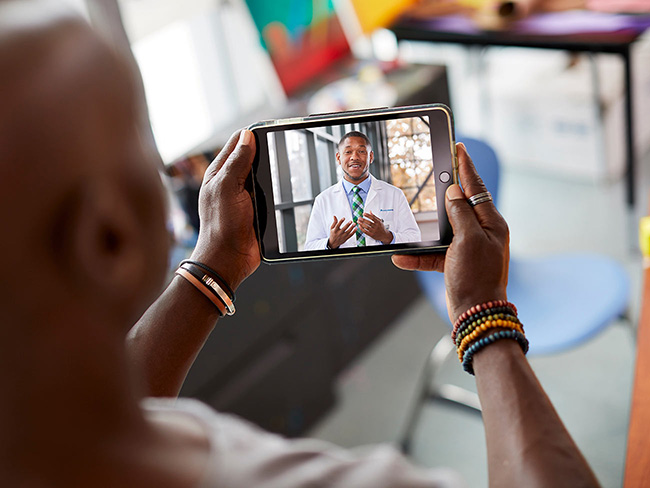
July 1, 2020
A breakout moment for virtual care
Kaiser Permanente’s fully integrated telehealth capabilities place quality …

May 19, 2020
Large decrease in hospitalized heart attack patients
New Kaiser Permanente research backs anecdotal reports that people are …
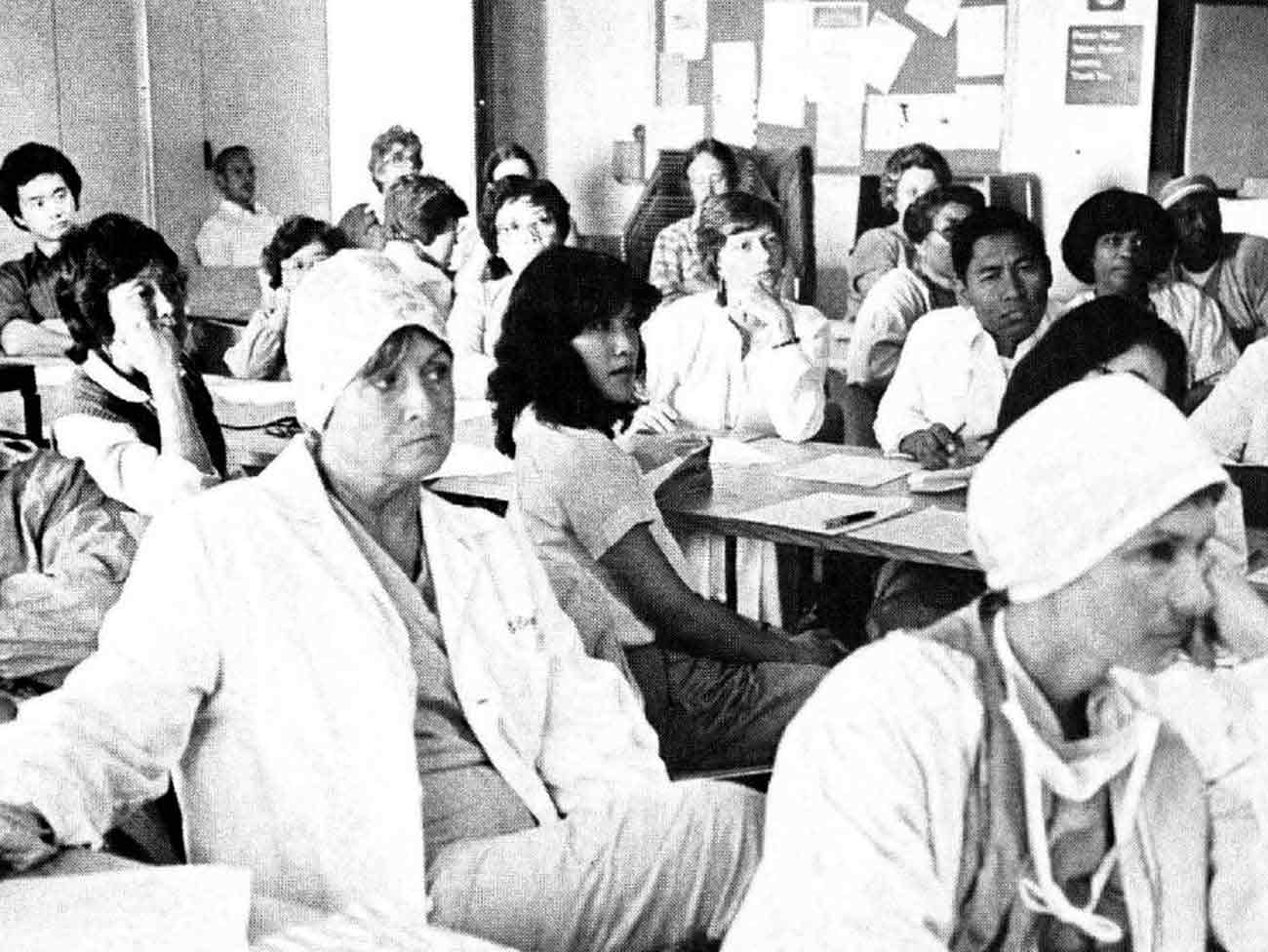
May 18, 2020
Nurses step up in crises
Kaiser Permanente nurses have been saving lives on the front lines since …

March 8, 2018
Slacks, not slackers — women’s role in winning World War II
Women who worked in the Kaiser shipyards helped lay the groundwork for …
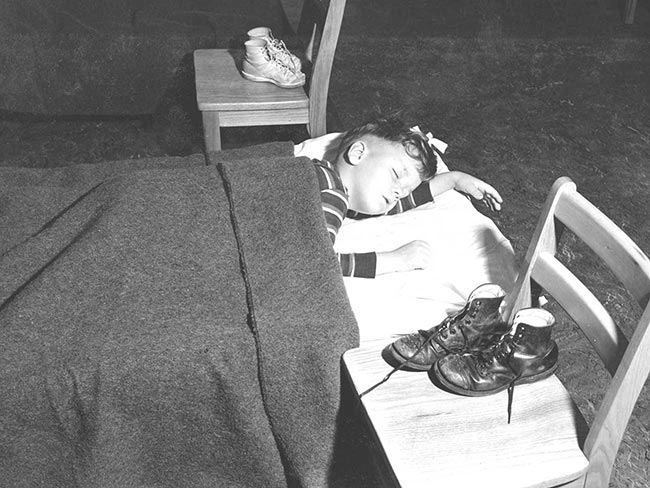
September 29, 2010
Wartime shipyard child care centers set standards for future
In 1943, Henry J. Kaiser invited key figures in child development studies …

Caesar salad
Try this classic salad recipe to get your kids to eat more fresh produce.